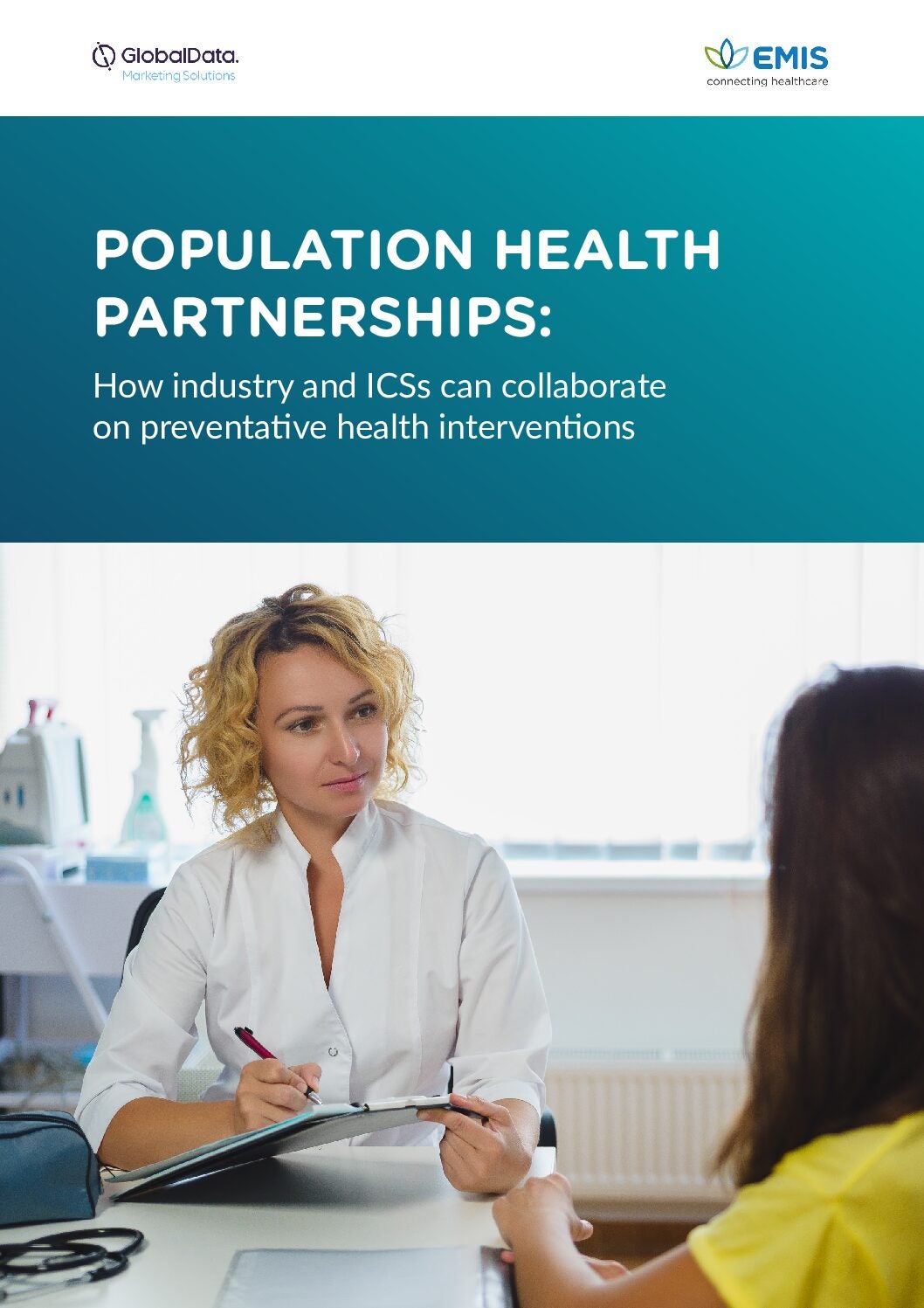Across the seven major markets (7MM; France, Germany, Italy, Japan, Spain, the UK and the US), stimulant amphetamines and methylphenidates are the first-line treatment for moderate to severe attention-deficit/hyperactivity disorder (ADHD). However, stimulants are controlled substances associated with dependence and tolerance. Although non-stimulants have a lower abuse potential, they are reserved as second-line therapies due to their lack of efficacy. This means that there is a key unmet need within the ADHD field for non-stimulants with improved efficacy. Addressing this need, and other concerns raised by key opinion leaders (KOLs) around non-stimulants including dosing flexibility and duration of action, would present a significant opportunity for developers to develop a highly competitive non-stimulant.
Due to their abuse potential, stimulants are controlled substances and prescriptions within the 7MM are often restricted to 30 days. KOLs interviewed by GlobalData noted that this creates practical disadvantages for their use. For example, the need to make time for an appointment with a healthcare provider once a month to renew a prescription was listed as an off-putting restriction for patients and parents. Another disadvantage for patients raised by KOLs was the difficulty in ensuring the safe storage of stimulant medication, particularly in settings such as universities and colleges.
While three out of the four agents currently in late-stage development (Phase IIb–III) are non-stimulants — Axsome Therapeutics’s solriamfetol, Otsuka’s centanafadine and Neurocentria’s NRCT-101SR (L-threonate magnesium salt ) — KOLs believe that these agents are unlikely to become first-line therapies without efficacy comparable to stimulants. Thus far there are no planned or ongoing head-to-head trials comparing the efficacy of the late-stage pipeline agents against marketed stimulant medications.
Long duration risks disturbance of sleep
In contrast, despite the oversaturation of the stimulant market, KOLs believed that the only stimulant within the late-stage pipeline, Cingulate’s CTx-1301 (dexmethylphenidate), has the potential to become a competitive first-line treatment if it can provide 16 hours of therapeutic coverage per dose. Treatments with longer durations of action that allow coverage into the evening were consistently raised as unmet needs by KOLs. A coverage period of 16 hours would make CTx-1301 the longest-lasting methylphenidate product, putting it on par with Takeda’s Mydayis ER (mixed amphetamine salts), the longest-lasting amphetamine product in the market.
However, particularly for amphetamines and methylphenidates, with a long duration of action comes the risk of sleep disturbances such as insomnia. While the adult subjects in the completed Phase III trial for CTx-1301 did not report symptoms of insomnia (NCT05631626), other Phase III trials are either planned or ongoing (NCT05924594, NCT05286762). Should sleep disturbances be identified, this may need to be mitigated to avoid impairing compliance, which is consistently rated as a primary concern by KOLs. What is needed is a drug that provides coverage into the evening without affecting sleep.
While some non-stimulants, such as Eli Lilly’s Strattera (atomoxetine) with a half-life of 24 hours, have a long duration of action and minimal effect on sleep, other challenges limit their use. Putting aside the modest efficacy of non-stimulants, the lack of dosing flexibility with non-stimulants was another issue raised by KOLs. Taking a medication break for the weekend is possible with stimulants but more difficult with non-stimulants, as it can take weeks for therapeutic benefit to be seen and consistent dosing is required. Therefore, the development of non-stimulants that allow for more flexible dosing represents an unmet need.
The importance of “drug holidays”
Another unmet need identified by KOLs, which if addressed would give non-stimulants a competitive edge, would be to address the symptoms of comorbidities common with ADHD such as autism spectrum disorder and emotional instability. KOLs have stated a preference for Takeda’s Intuniv (guanfacine) due to a perception that it improves emotional regulation in ADHD patients.
Despite the oversaturation of the stimulant market and the smaller market share of non-stimulants, developers could still develop a highly competitive non-stimulant by targeting ADHD unmet needs. The most pressing of these is the development of a non-stimulant with an efficacy profile comparable to that of stimulants. Other unmet needs that should be addressed are greater dosing flexibility to enable patients to take “drug holidays,” and products with long durations of action that provide coverage into the evening without affecting sleep. Lastly, a non-stimulant can gain a competitive edge by also addressing comorbidities such as emotional dysregulation.






